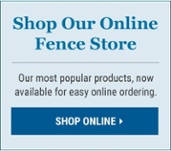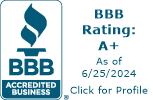Never A Stupid Question for Terry
Terry, our seasoned fencing expert with over two decades of experience, has encountered her fair share of inquiries over the years. While most revolve around cost and availability, some customers seek guidance on selecting the right gauge and opening size for their fencing needs.
When asked about her favorite question, Terry didn't hesitate to recount an amusing exchange that perfectly captures the essence of her role.
A customer eager to fence in her backyard to contain her dogs approached Terry with a seemingly straightforward question: 'How tall is a four-foot fence?'
Initially taken aback by the simplicity of the question, Terry replied, '48 inches.'
Unsatisfied, the customer persisted, 'But how tall is a four-foot fence?'
Terry, ever patient and quick-witted, responded with her own question, 'Well, how tall are you?'
'I’m five foot two inches tall,' came the reply.
'A four-foot tall fence would maybe come a bit past your waist,' Terry explained.
With newfound clarity, the customer exclaimed, 'Ahh… thank you. Now I know!'
Moments like these showcase Terry's dedication to providing our valued customers with not just answers but understanding. Thank you, Terry, for your unwavering commitment to excellence.
So ask your questions! And if you’re curious about understanding wire gauges better, here’s a great article Duncan wrote a while back. It is still one of our most visited pages.
The next time you call Louis Page and Terry answers the phone, ask her any questions you have. Tel: 978-486-3116 or tap-to-call. There’s never a stupid question!
Warm regards,
Debbie Page
CEO, Louis E. Page Inc–Woman-owned business and Family-owned since 1893. (True! That’s 131 years owned and run by our family)





